Consider a Southwestern Color Palette for Accents
A selection of earthy colors such as beige, rust, red, mahogany, and cactus green are suitable options for cushions, pillows, rugs, and other accents. Undertones of sky blue are also common among Southwestern decor.
Choose Your Fabric
You could select natural colored leather or hand-woven upholstery for sofas. As for your bed, hand-woven blankets can be an ideal choice to tuck yourself in.
Don’t Shy Away From Wood
Pinewood dressers, cabinets, tables, and dining chairs can make for ideal Southwestern furniture. Hand-carved wooden furniture would be a huge plus as well.
Southwestern Biophilia
A couple of small or medium-sized cacti can be a great addition to the living room. Cacti are one of the easiest plants to maintain and can go for days without water. Consider adorning a backyard or a patio with a few bigger cacti.
Make the Walls Speak Spanish
Go for white stucco walls to create a contrast with the otherwise warm and earthy colors that are present in other elements of the interior. You can’t go wrong with a couple of brick walls either.
Go for Wicker
Since chests are common accessories in Southwestern houses, another great addition to consider is a wicker trunk or two. You could also use other wicker accessories throughout your living spaces since the color and texture perfectly accentuates the Southwestern style.
Interesting Facts About The Southwestern Style
One interesting cultural antique which has made its way to the Southwestern style is the ‘nicho’. A nicho is essentially a wooden shrine that honors a patron saint or marks an important religious event. It was introduced by Spanish missionaries who spread their religious beliefs in the Southwest and Mexico. After the latter’s independence from Spain, many native Americans started practicing something called “folk Catholicism” which suited their lifestyle of being self-sufficient. Although they are items of antiquity, nichos have become a part of Navajo as well as Latin American heritage. Nichos gradually grew in popularity within Southwestern culture, eventually turning into a form of art. It was later incorporated as an element of interior design.
One type of nicho combines both Spanish Catholicism and Navajo culture in the form of a cabinet featuring a ‘bulto’ and a sun symbol. A bulto is a carved figure of a saint and was introduced by the Spanish missionaries, whereas the sun symbol — which usually appears on the top of the cabinet — is an icon of the Native American heritage of the Southwest. A cabinet of such historical value not only adds to the aesthetic of a Southwestern interior design but also holds a great deal of cultural significance. That being said, it is a good idea to avoid cultural appropriation by choosing such items with respect for their value —as opposed to getting one simply because it looks nice.
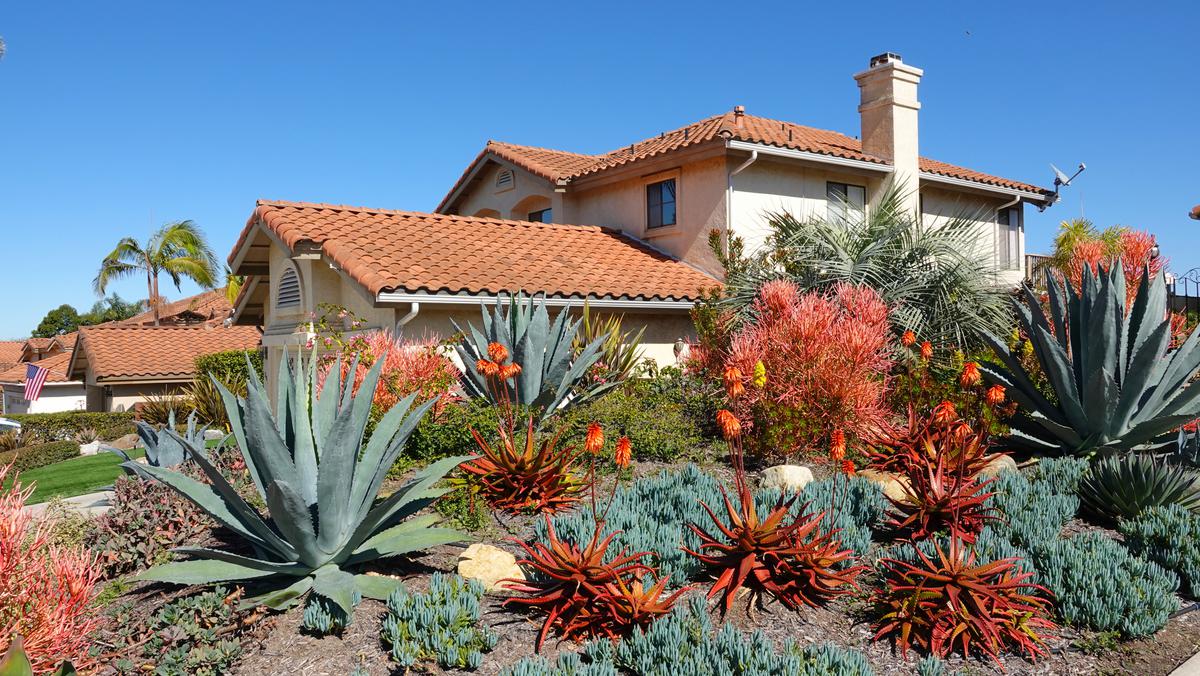
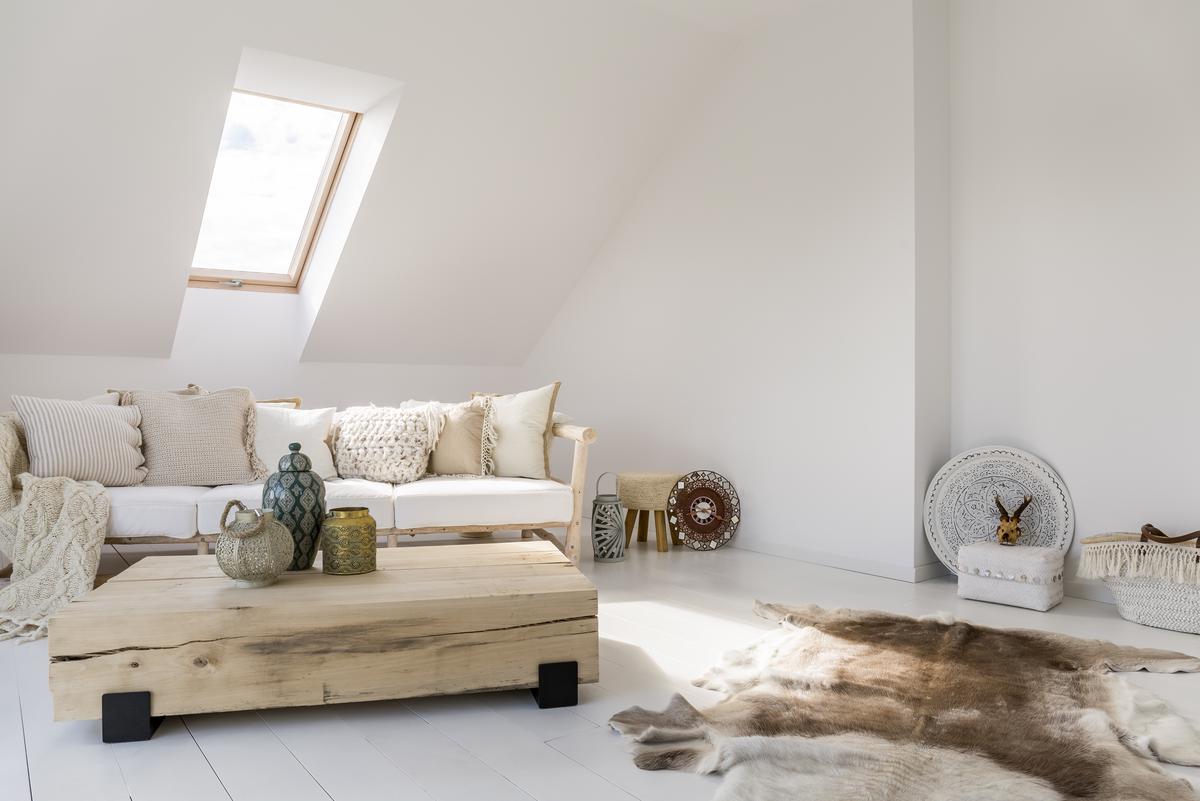
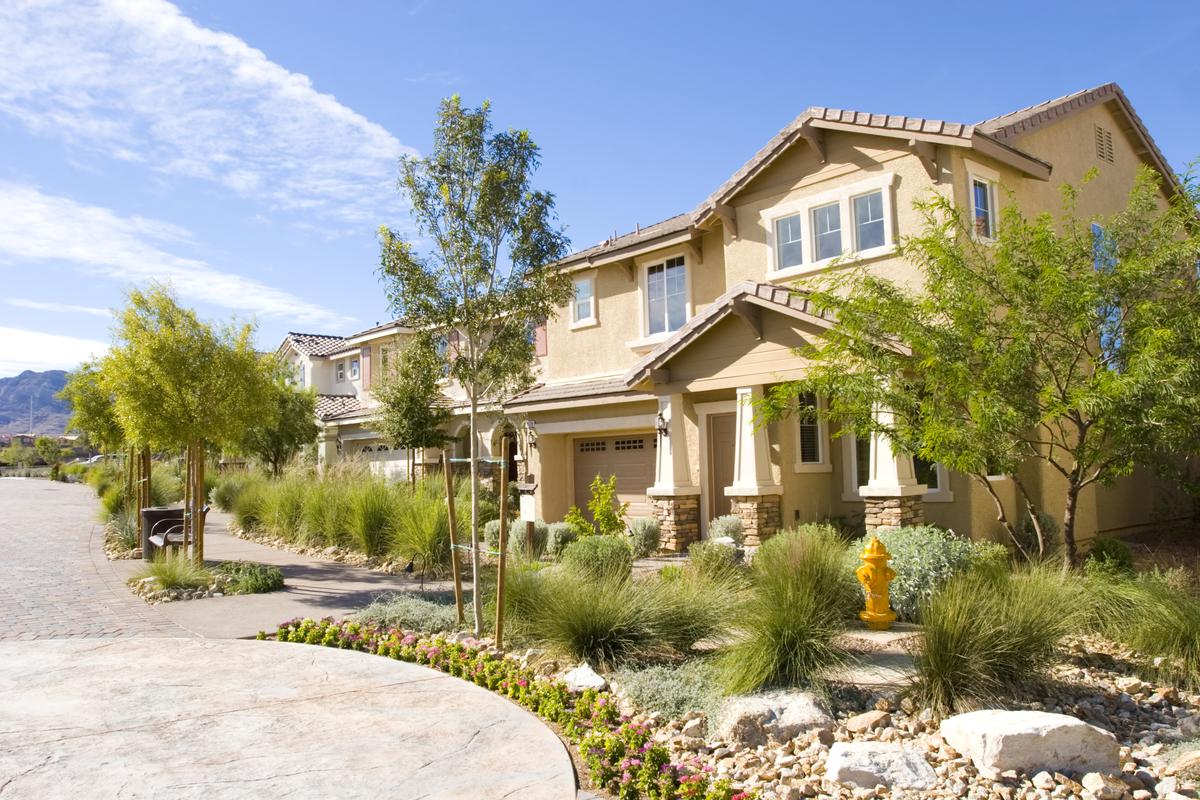
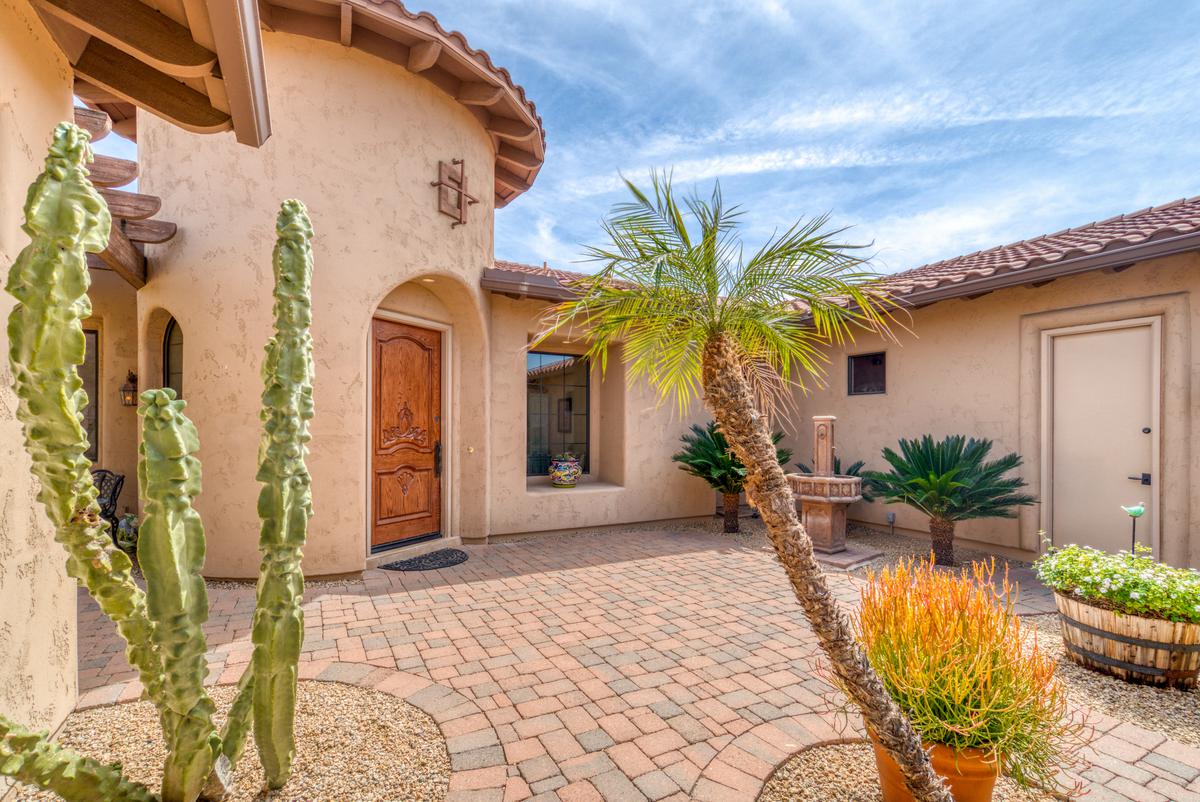
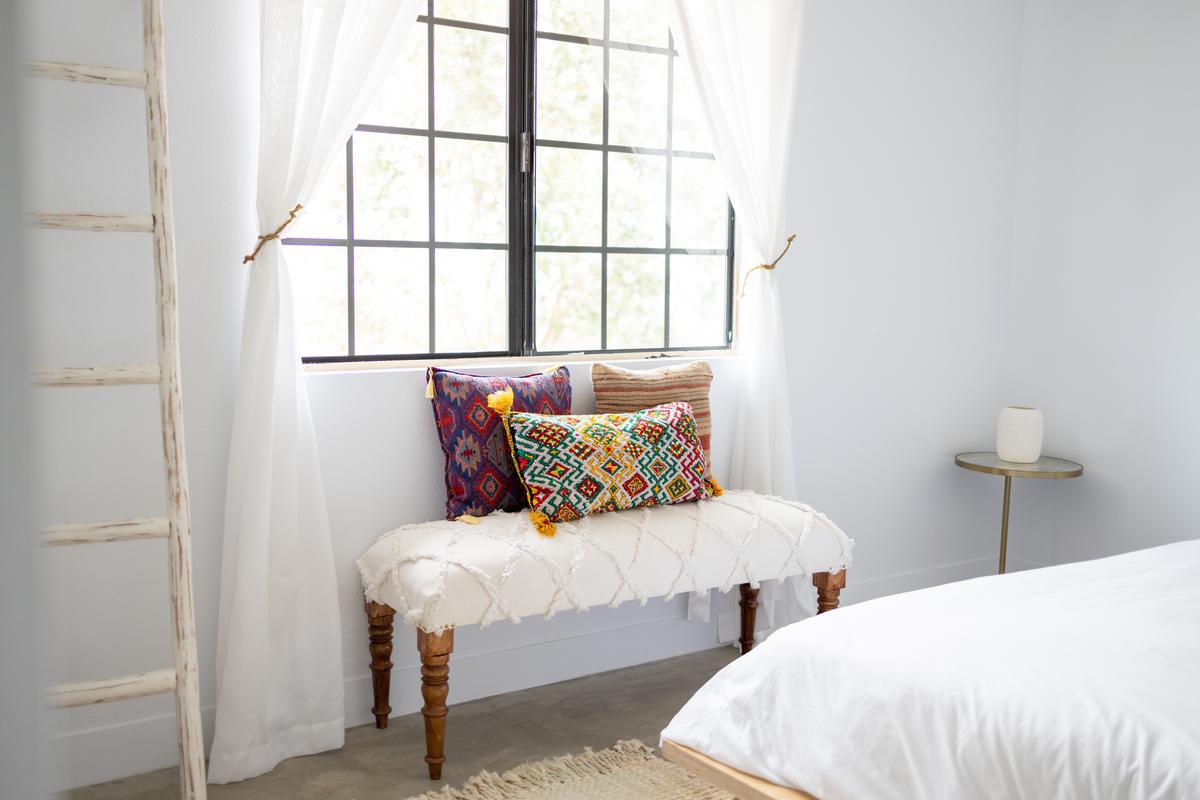
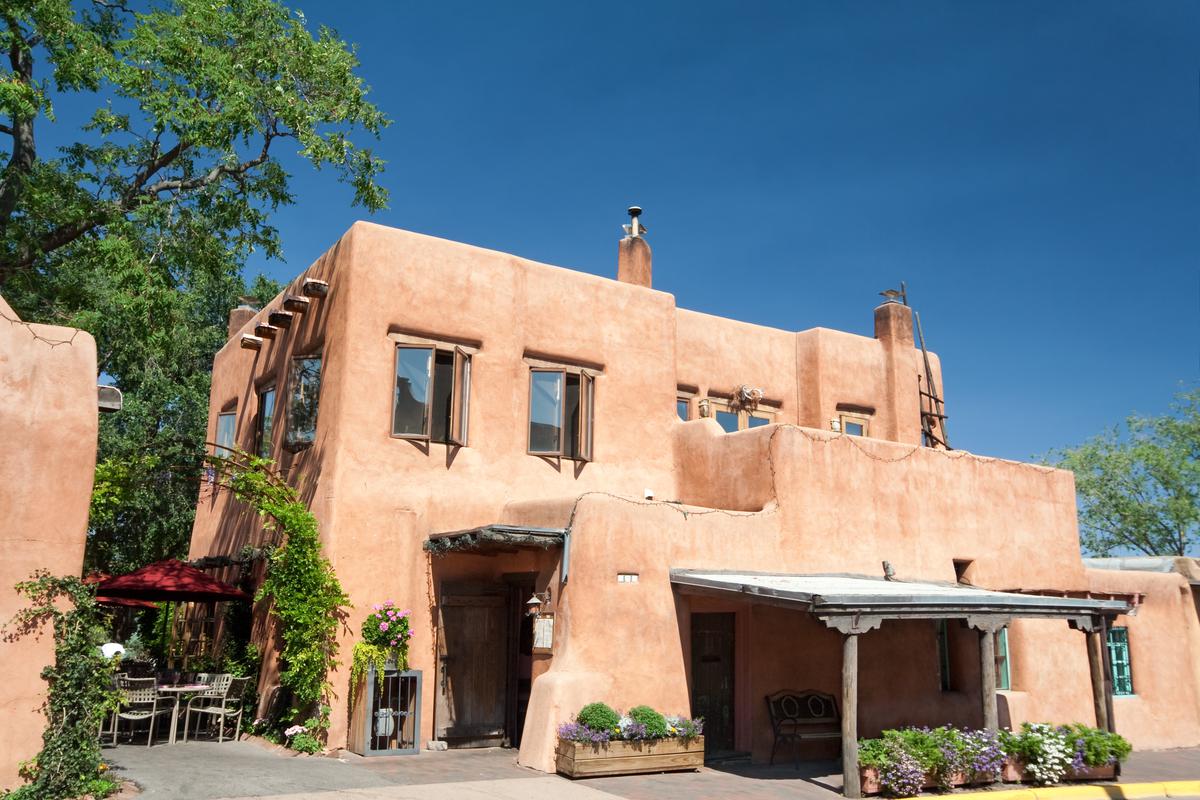
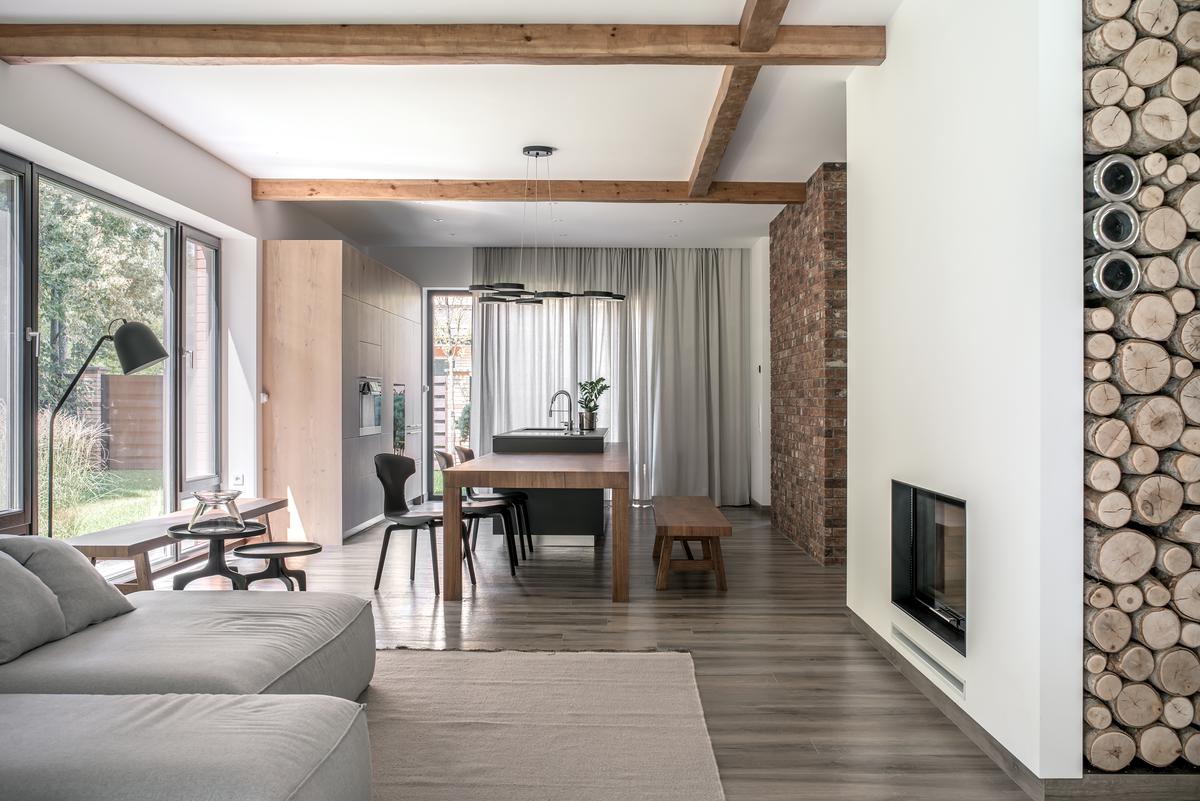
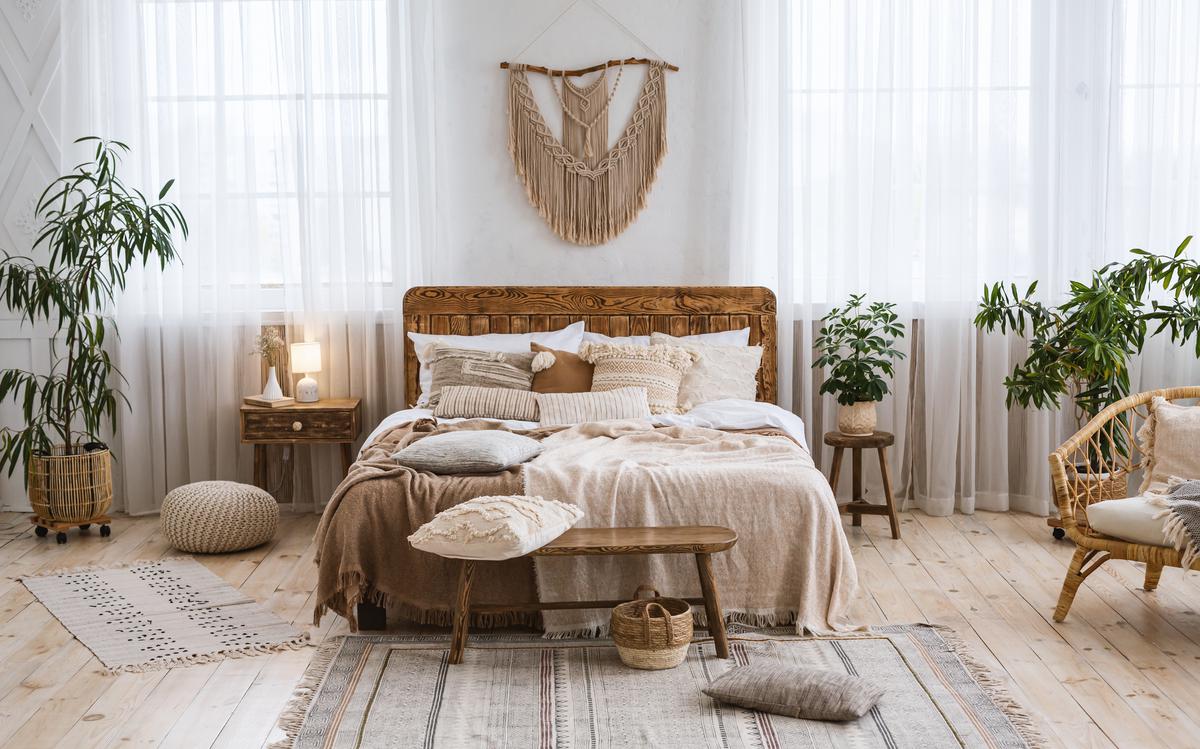
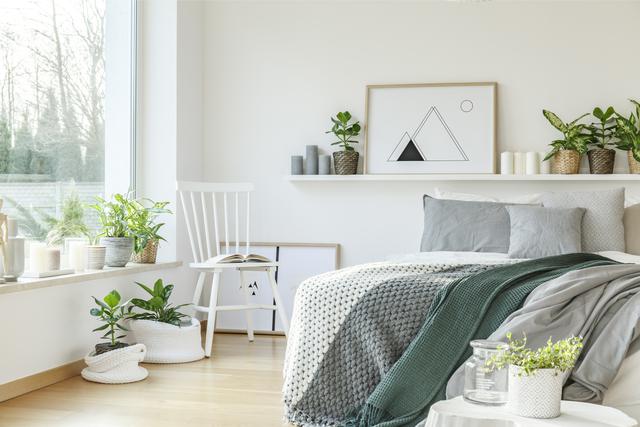
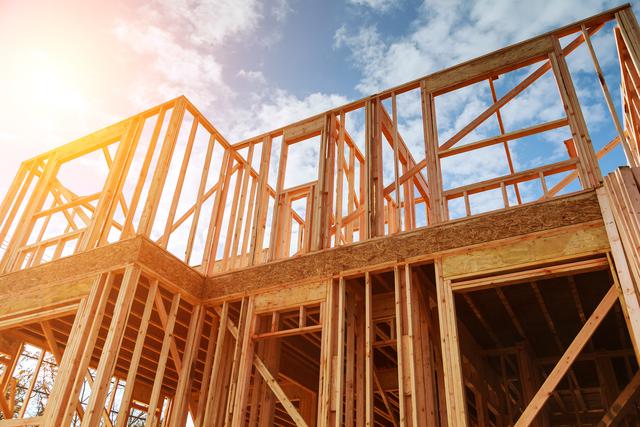
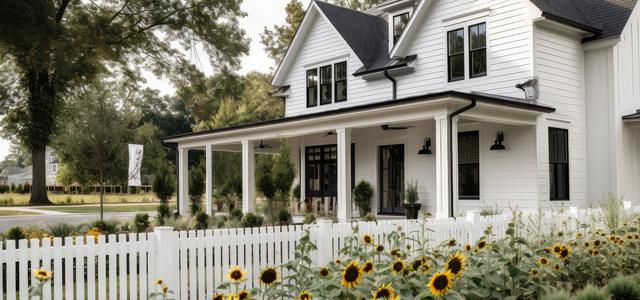

comments